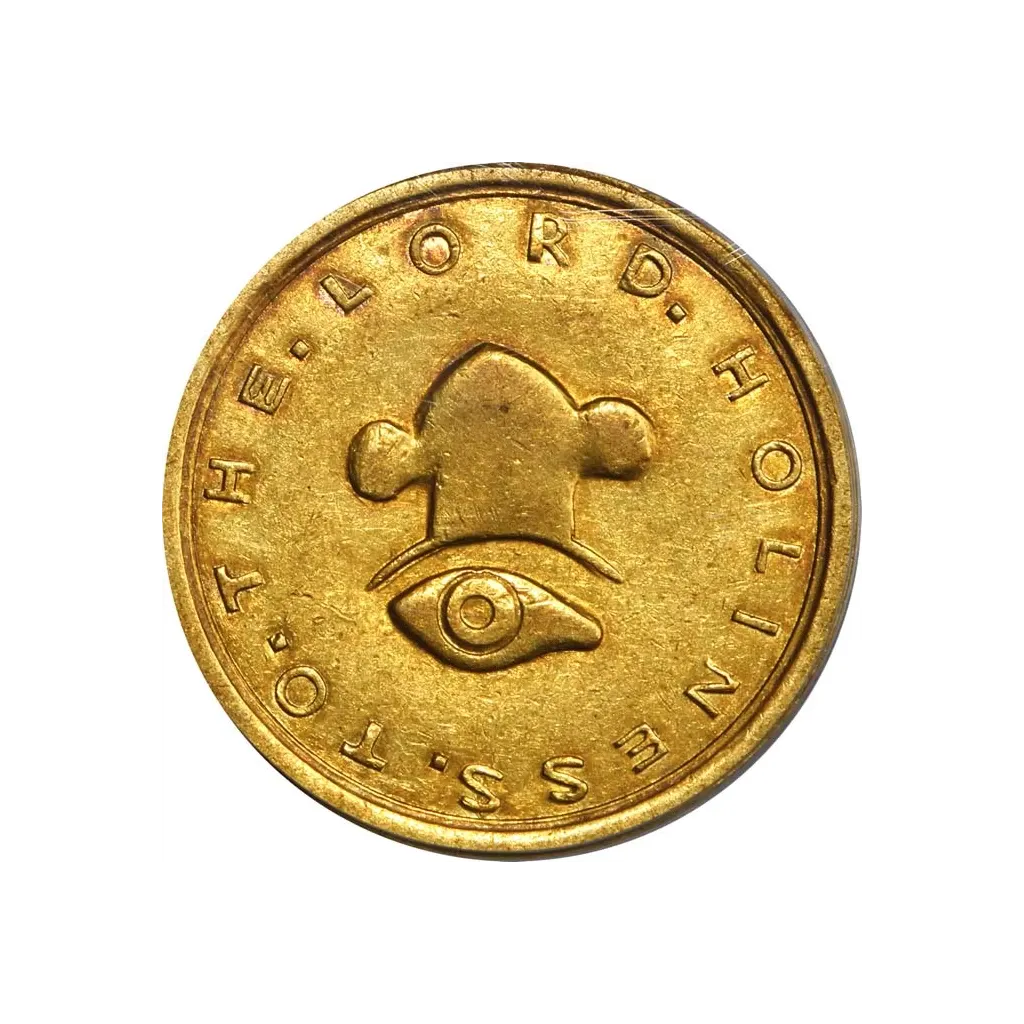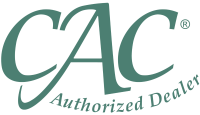“Holiness to the Lord”: The Story Behind the 1849 $2.50 Mormon Gold Coin
Posted on — Leave a commentA coin born of dust, distance, and scarcity
In the late summer of 1849, the Great Salt Lake Valley was hungry for a medium of exchange that wasn’t barked bargains or paper promissories. Mormon Battalion veterans and prospectors had brought home glitter from California, merchants and tithing offices had bins of raw dust, but not much coined money. So church leaders set up a tiny mint in an adobe building on South Temple Street, part of it a dentist’s office, where John Kay and others began turning frontier dust into frontier dollars. The shop’s early output included the small but mighty $2.50 piece, practical for daily trade and stamped with a message the community carried in its bones: “Holiness to the Lord.”
What the 1849 $2.50 Mormon Gold Coin looked like and why
The 1849 Mormon $2.50 (often cataloged as Kagin-1) carried unmistakable symbolism. The obverse paired a Phrygian cap and the all-seeing eye with the “Holiness to the Lord” legend, linking liberty to devotion. The reverse showed clasped hands for fellowship, the date and denomination, and an abbreviated mint signature: “G.S.L.C. P.G.” (Great Salt Lake City, Pure Gold). The small denomination suited daily purchases in a cash-poor settlement, and contemporary accounts suggest the $2.50s and $5s were the real workhorses of circulation.
The mint that fit inside a dentist’s office
Coining resumed in September 1849 after a hiatus for supplies. Dies for $2.50, $5, and $20 were prepared, and the team coined chiefly lower denominations for local trade. Early pieces were struck from largely unrefined California placer gold. Soon a small addition of silver was mixed in to harden the coins. All this happened in a space so modest that later writers simply called it the “Deseret Mint,” a frontier solution for a frontier economy.
The controversy: were Mormon gold coins “debased”?
As the coins traveled east to pay for goods, they ran into assays and criticism. In January 1850, the New Orleans Mint’s assayer, William P. Hort, tested a $20 piece and found it both underweight (by about 85 grains, roughly 20%) and slightly below U.S. fineness. Soon after, the Philadelphia Evening Bulletin warned readers, and assayers Jacob Eckfeldt and William DuBois published detailed figures: average fineness near .899 (a later supplement averaged .866), with the $2.50 valued around $2.25 at melt. Beyond the lab, traders discounted Mormon coins 10–25%. Most historians read this not as fraud but as frontier practice, marked by scarce acids, improvised tools, and a team learning assaying on the fly.
Context, not condemnation
Utah historical sources note that the mint first struck coins without alloy and later added a bit of silver to strengthen them, consistent with a shop iterating under pressure. Within the community, the coins circulated at par and, practically speaking, kept the economy moving when distance and scarcity were the real adversaries.
Why the 1849 $2.50 endures
Few survived. Most were melted once they left the valley or later when federal coin dominated commerce. That scarcity, and the story they carry, helps explain why high-grade pieces bring strong prices today. More than artifacts, these quarter eagles are condensed history: belief, migration, necessity, and the hard lessons of making money, literally, on the edge of the American map.
FAQ About the 1849 $2.50 Mormon Gold Coin
What is the 1849 $2.50 Mormon gold coin? It is a privately minted gold quarter eagle produced by Mormon settlers in Great Salt Lake City in 1849. It bears the inscriptions “Holiness to the Lord” and “G.S.L.C. P.G.” and was struck from California gold dust refined locally.
Why did the Mormons mint their own gold coins? When settlers arrived in Utah, there was virtually no U.S. coinage in circulation. The church’s mint allowed local trade to function using gold from returning Battalion members and California miners.
What caused the controversy about debasement? Assays performed in 1850 found the coins to be underweight and slightly below U.S. fineness standards. The shortfall resulted mainly from primitive refining and assay tools, not deliberate fraud.
Were the Mormon gold coins accepted outside Utah? Only with difficulty. Traders often discounted them by 10–25% outside Utah Territory. Within Mormon settlements, however, they circulated freely at full face value.
How rare is the 1849 $2.50 coin today? Extremely rare. Most were melted or heavily worn in circulation. Surviving examples are prized by collectors and can sell for substantial sums depending on condition and provenance.
What does “G.S.L.C. P.G.” mean? It stands for “Great Salt Lake City, Pure Gold,” identifying both the place of origin and the intended quality of the metal.








